| Friday, November 17, 2023 | |
Innovation Showcase |
|
| 13:30 | Increased use of chemical process control taking as a path to increased sustainability |
Irene Popova, Nova Ltd Increased use of chemical process control taking as a path to increased sustainability
 Abstract Biography |
|
| 13:45 | Study of Diamond Coated Wire (DCW) slicing technique process parameters impacting high grade Semiconductor Wafer quality, mainly for Warp, Total Thickness Variation (TTV) and Nanotopology (NT) |
Carlo Zavattari, GlobalWafers Study of Diamond Coated Wire (DCW) slicing technique process parameters impacting high grade Semiconductor Wafer quality, mainly for Warp, Total Thickness Variation (TTV) and Nanotopology (NT)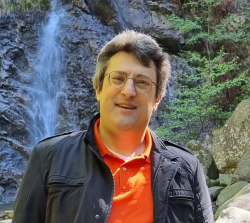
 Abstract Biography |
|
| 14:00 | Adding Automation (SECS/GEM) Capabilities on Legacy Equipment |
Nirav Thakkar, Einnosys Technologies Adding Automation (SECS/GEM) Capabilities on Legacy Equipment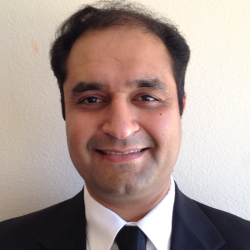
 Abstract Biography |
|
| 14:15 | Reserved |
| 14:30 | Energy-Efficienct Compute For A Sustainable Future |
Gaurav Gupta, VP Analyst, Gartner Energy-Efficienct Compute For A Sustainable Future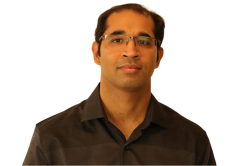
 Abstract Biography |
|
| 14:45 | Ai-Based Defect Classification: an Accuracy and Efficiency Boost |
Bart Van Poucke, Robovision Ai-Based Defect Classification: an Accuracy and Efficiency Boost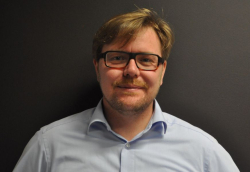
Abstract Biography |
|
| 15:00 | Manufacturing next generation power devices – how temporary bonding allows wide bandgap power devices to go vertical. |
Elisabeth Brandl, EVG Manufacturing next generation power devices – how temporary bonding allows wide bandgap power devices to go vertical.
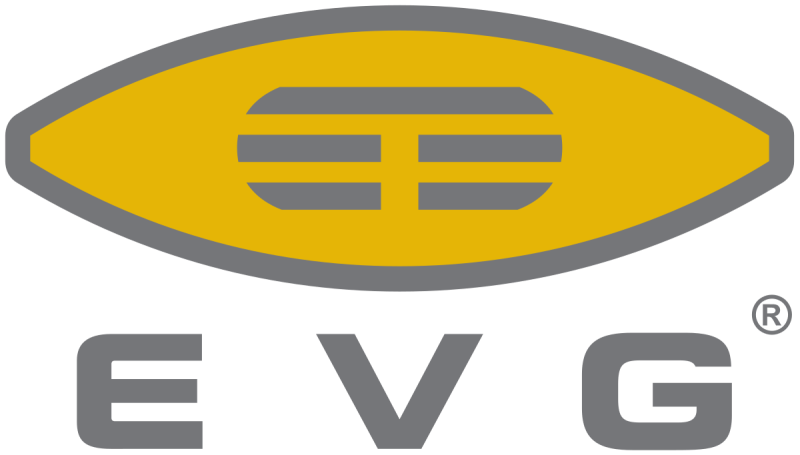 Abstract Biography |
|
| 15:15 | Enabling smart manufacturing and new processes for fab automation – Equipment control tools for longer machine lifetime and material rescue |
Natalie Schulze, Product Manager Equipment Control and Integration, Kontron AIS GmbH Enabling smart manufacturing and new processes for fab automation – Equipment control tools for longer machine lifetime and material rescue
 Abstract Biography |
|
| 15:30 | Enabling smart manufacturing in semiconductor fabs using predictive design and process insights |
Srividya Jayaram, Siemens Digital Industries Software Enabling smart manufacturing in semiconductor fabs using predictive design and process insights
 Abstract Biography |
|
| 15:45 | Cost-Efficient Wafer-level SOI Process for Thermal Stability and Area Shrinkage in 3D NAND Peripheral Circuit |
Seungmin Lee, Sungkyunkwan University Cost-Efficient Wafer-level SOI Process for Thermal Stability and Area Shrinkage in 3D NAND Peripheral Circuit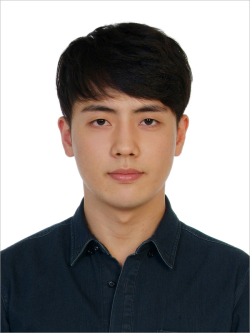
Abstract Biography |
|
| 16:00 | Building A More Sustainable CuCMP Process: Selective Copper Removal & Recovery |
Cameron Lippert, ElectraMet Building A More Sustainable CuCMP Process: Selective Copper Removal & RecoveryAbstract Biography |
|
| 16:15 | Future of Computing: Silicon-based Quantum Computing Processors |
Himadri Majumdar, Chief Executive Officer and co-Founder, SemiQon Future of Computing: Silicon-based Quantum Computing Processors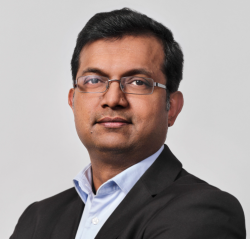
 Abstract Biography |
|